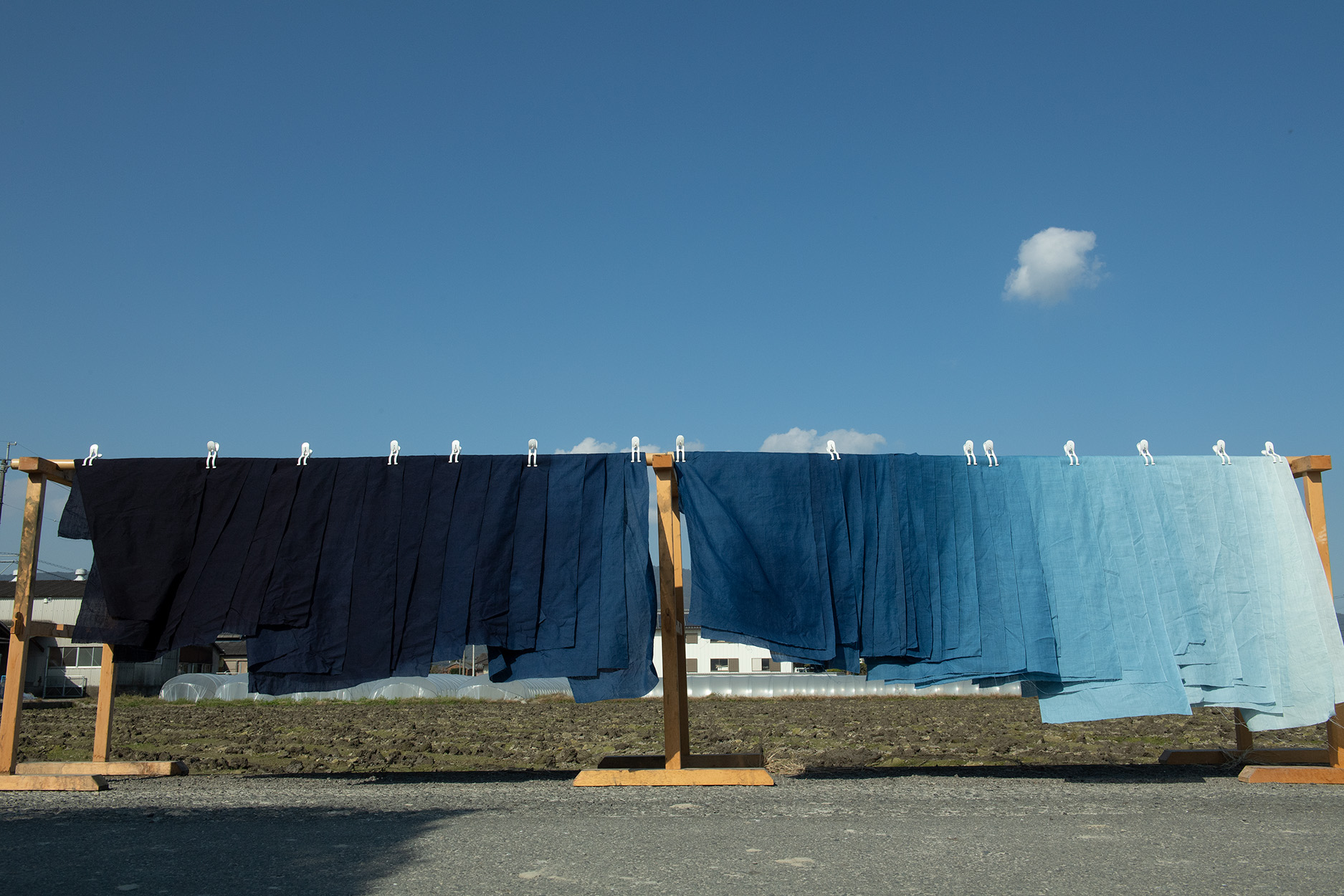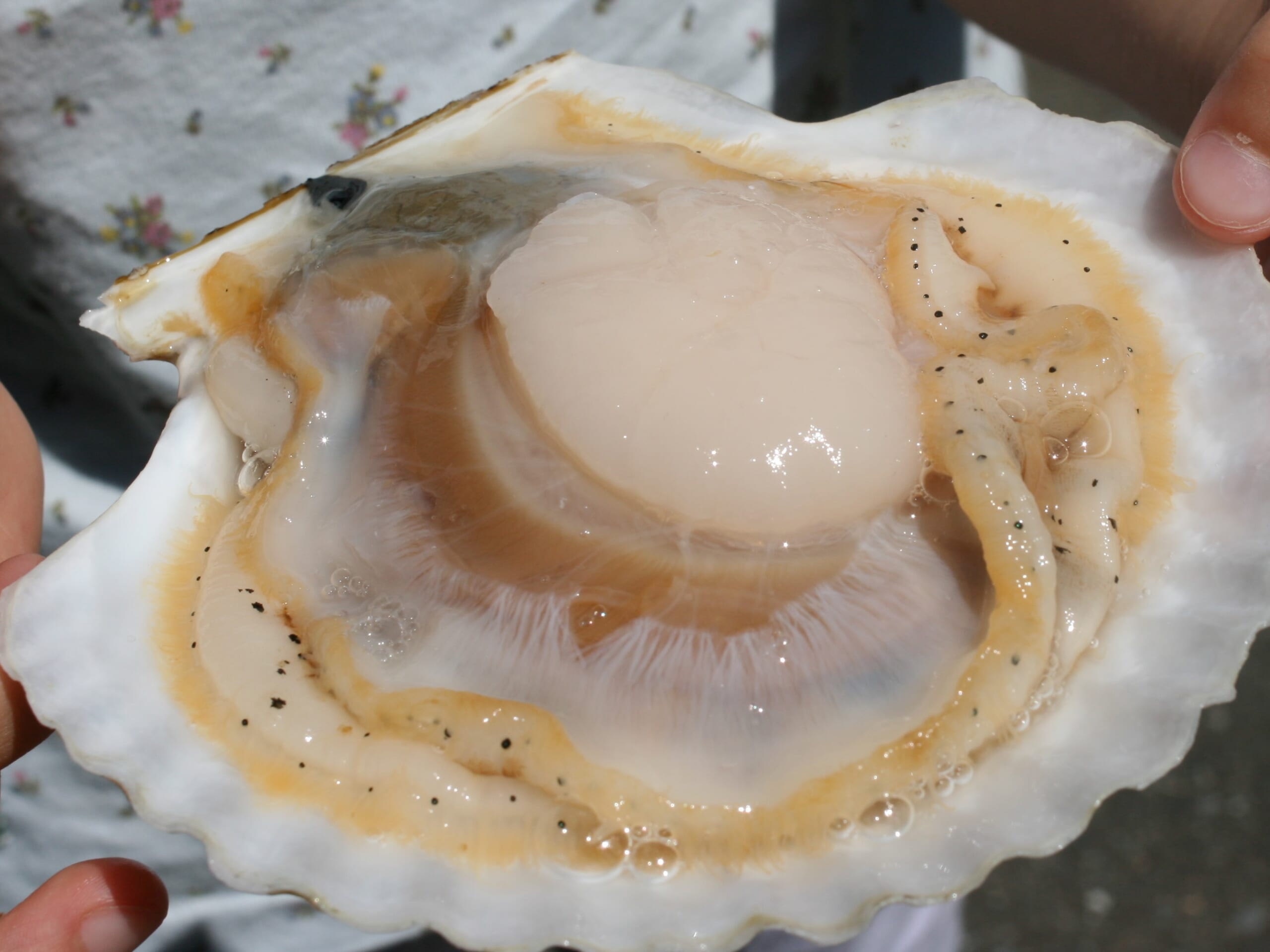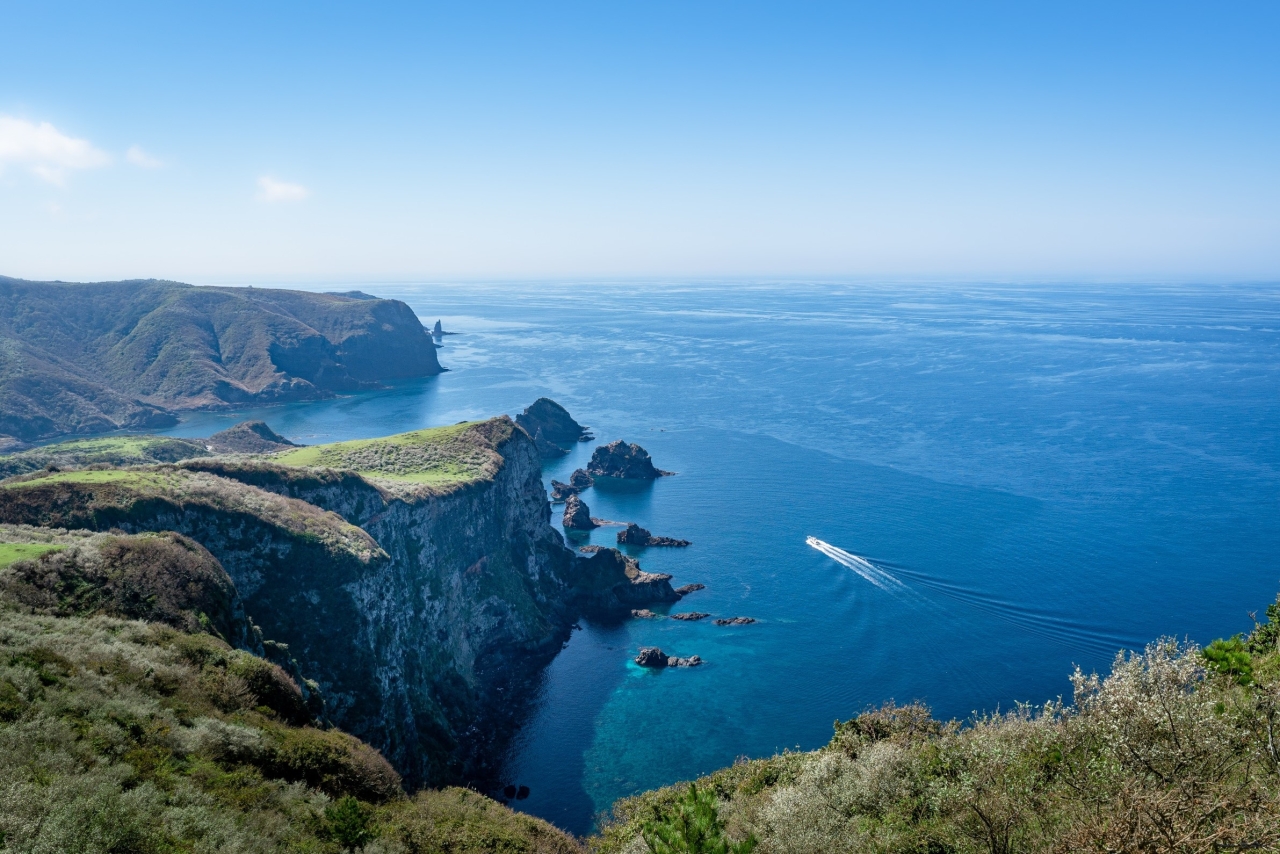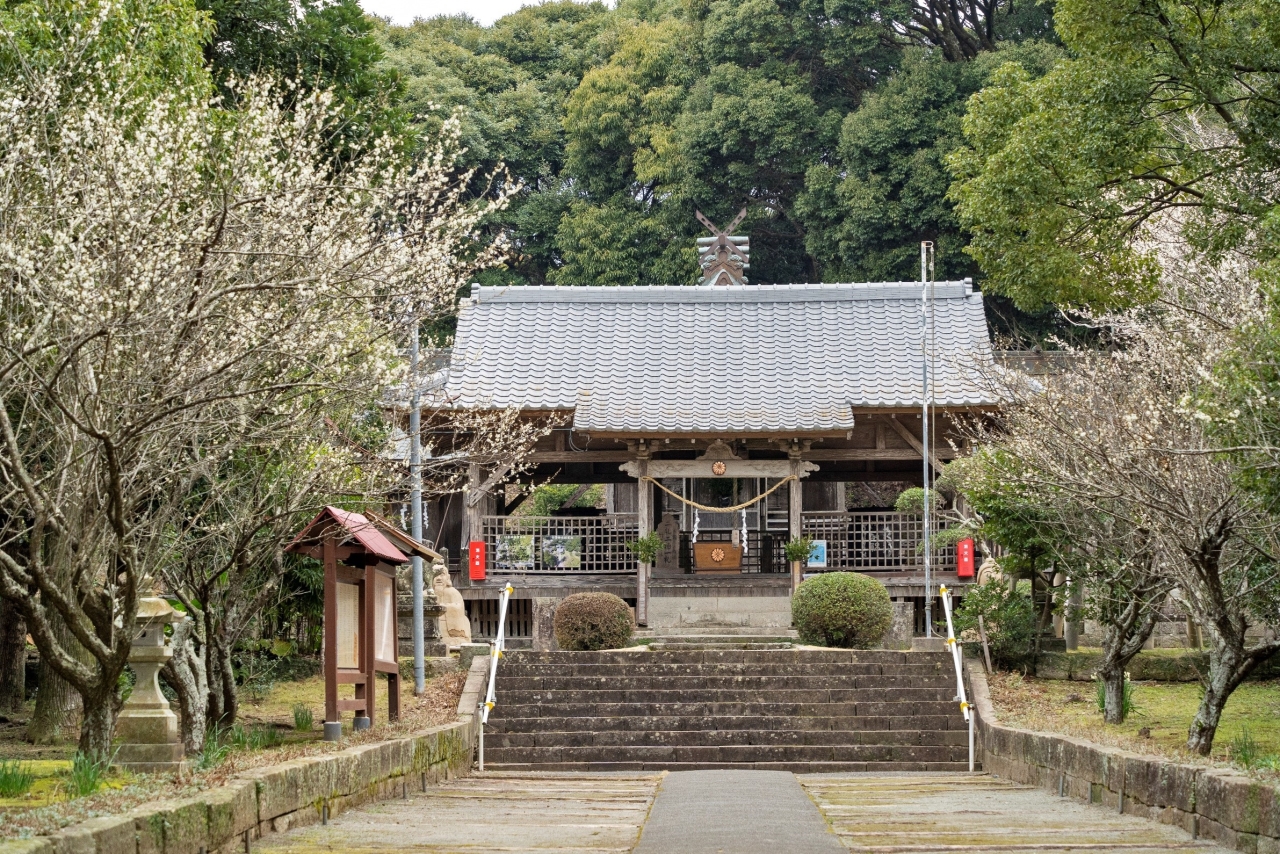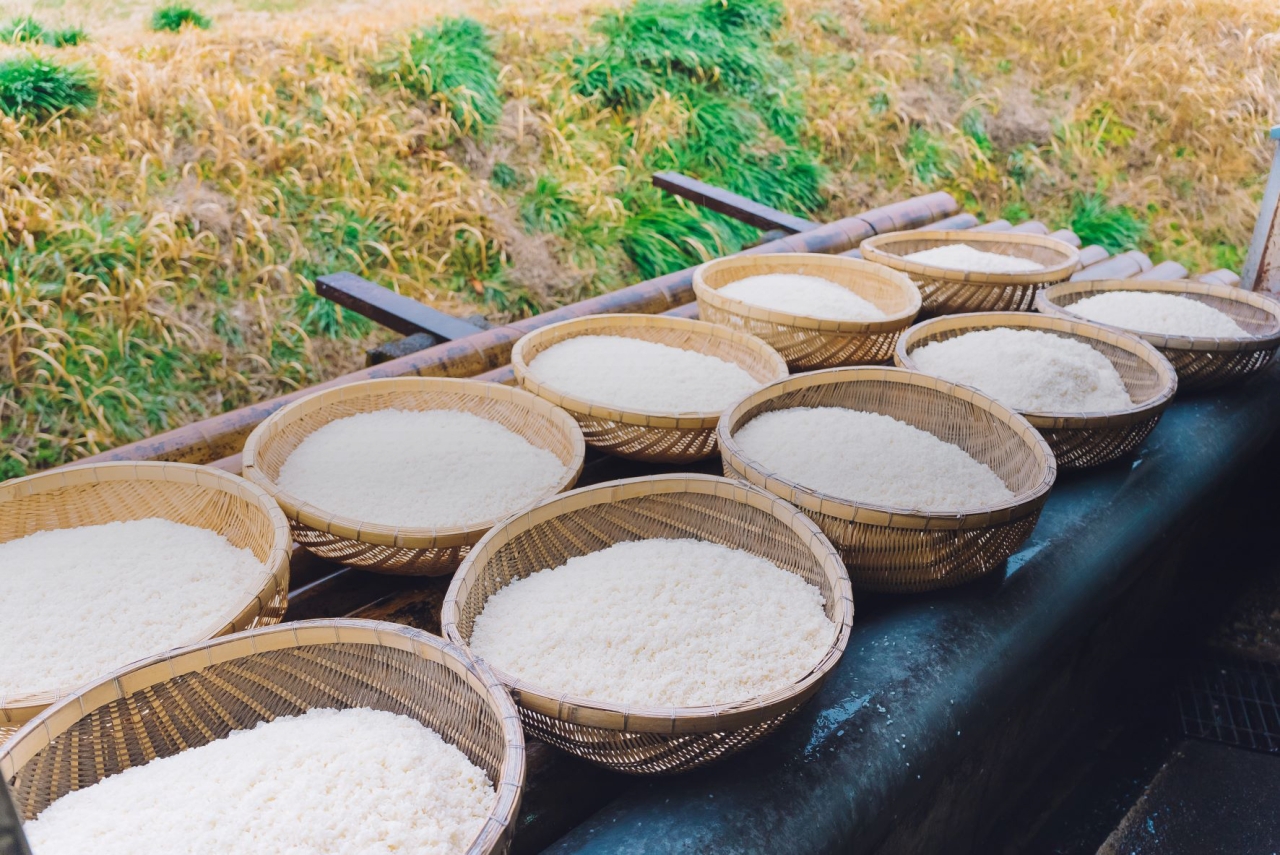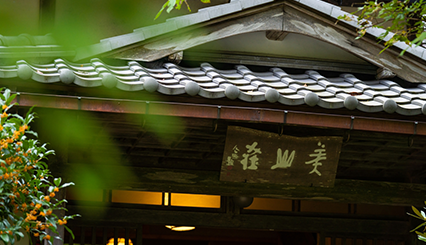
Enjoying Rustic, Exquisite Tsumikusa Cuisine Surrounded by Unchanged Japanese Landscape and Culture
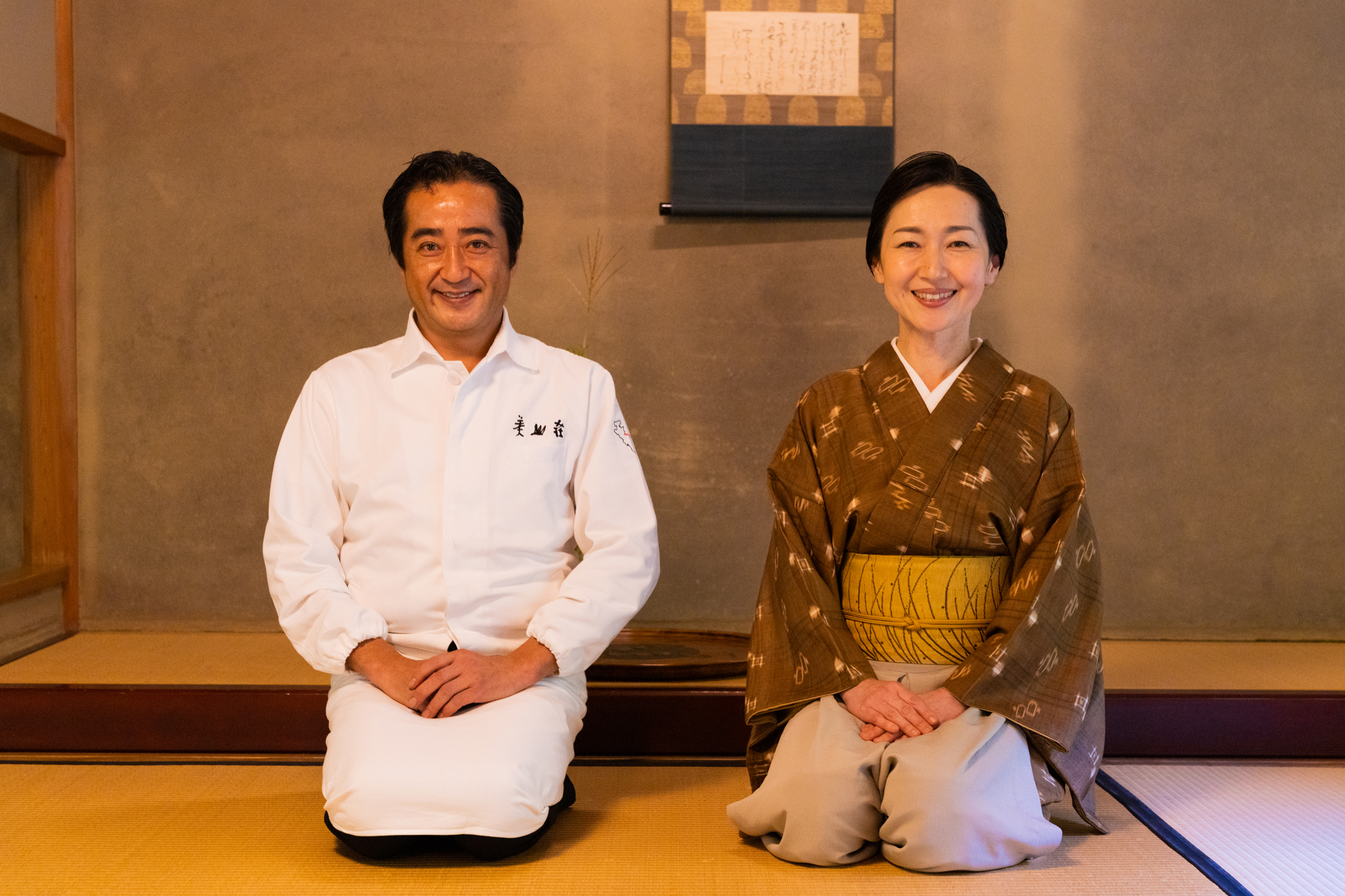
Hisato Nakahigashi
Miyamasou Fourth-generation Owner/Chef
Reorganizing Japan’s Ancient Nature, Food Culture, and Customs into a Special Place Where One Can Forget the Everyday
Just under an hour from central Kyoto up steep mountain roads in the Hanase region—often referred to as one of the “back rooms” of Kyoto—is a discreetly positioned inn named Miyamasou. Miyamasou was first established in 1895 as a guesthouse of Bujo-ji Temple. Today, Miyamasou is a place where guests can go back in time and experience the lifestyles of ancient Japanese villages. In a sukiya-zukuri style building designed and constructed by master carpenter Sotoji Nakamura, guests can enjoy a range of rustic dishes that are made using ingredients from the mountains which were hand-picked by chefs. These unique ingredients include wild herbs and wild flowers, fresh water fish such as sweetfish and amago, wild birds, wild boar, deer, and even bear. Miyamasou removes guests from everyday life, providing them with a unique experience that they can fully enjoy with their five senses.
Chapter.01 Unique Tsumikusa Cuisine that is Filled with History and Seasonal Nature
Less than an hour from central Kyoto along steep mountain roads, Miyamasou is located enveloped in nature, with forests and streams as far as the eye can see. Despite this location, the inn is a huge hit among repeat visitors and tourists and always fully booked for more than a year.
Fourth-generation owner Hisato Nakahigashi smiles as he says, “We get some customers who somewhat irately ask why we’re in such a remote location.” Surrounded by nature and diverse ingredients from a young age, Nakahigashi moved to France after graduating from high school. Here he trained at various establishments including a 3-star Michelin restaurant, and returning to Japan to take over Miyamasou at the age of 26. Initially constructed in the Heian period (794–1185), Miyamasou became the guesthouse for the reconstructed Bujo-ji Temple in 1895. Tsumikusa cuisine—that is, dishes made using wild herbs and vegetables—has been served at Miyamasou since it was founded as a guesthouse, and has developed for over a century.
“This style of dish was named tsumikusa cuisine in the early Showa period (1926–1989), just as Miyamasou was becoming an authentic restaurant and inn. We gradually grew in popularity as people discovered our interesting dishes and unique value, and we began to count intellectuals, authors, and famous foreign chefs among our guests,” says Hisato.
Picking wild herbs and vegetables was a pastime of the aristocracy from the Heian period, allowing them to enjoy and experience how nature changed through the seasons. Miyamasou has been incorporated this as a unique style of cuisine and now is garnering attention not only in Japan but in other countries across the world. So what is the essence of tsumikusa cuisine?
According to Hisato, “For me, it’s an expression of nature and culture. I try to be at one with nature, incorporating its qualities into my own. After experiencing, analyzing, and understanding its qualities, I then apply it again to the nature in front of me. If it doesn’t fit, I think that my own understanding is wrong, and repeat the process of analyzing and applying it again. This is how I come up with ideas for local dishes.”

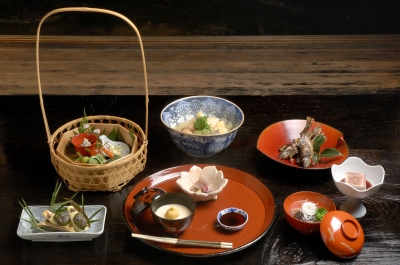
Chapter.02 Allowing Guests to Enjoy Their Stay Using Their Own Sensibilities
Hisato says that his mission in life is to “think about taste in the context of nature.” When asked about his thoughts on Japan’s natural environment, where the number of deciduous trees is decreasing due to the planting of cedar trees, he says the following:
“I think mountains across Japan are losing their inherent natural features because of wild animals.
Deep in the mountains, food for deer and other animals is decreasing, and it is humans that have caused this problem. “Previously in Japan’s mountain villages, human and animal dwellings used to be clearly separated. However, due to the damage that humans have caused to nature, food for animals in the mountains have reduced.
It is humans that have caused these changes in nature, and therefore it is humans that must return it to its original state. Since 2015, at Miyamasou we have thus been planting and increasing the number of wild herbs and vegetables, which are originally native to the area, inside a fenced area that we put up ourselves. Today, almost 30 varieties of wild herbs and vegetables are growing naturally in this fence.”
Elsewhere, landlady Sachiko Nakahigashi was recognized with the 2022 Michelin Service Award for her unique form of hospitality, caring guests but not too concerned. Sachiko has been living at Miyamasou for more than 25 years, and it’s easy to see why she says “Miyamasou is part of my life.”
She goes on, “For me, the most important part of hospitality is allowing guests to be able to rest and relax. Rather than telling customers how they should spend their time with us, we leave it to their sensibilities. But of course, we always have the customers in mind.”
On top of this hospitality, Miyamasou never turns down a first-time customers. This is because more people will love their establishment, and more people spending time in the natural environment will make Hisato and Sachiko happy. Sachiko says that everything at Miyamasou has been passed down from her predecessors, who are always offering her their support.
Together, Hisato and Sachiko want to adapt the ancient Japanese sights and cultures in Hanase for the modern world, and develop them further for future generations.
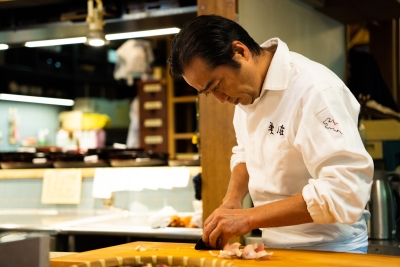
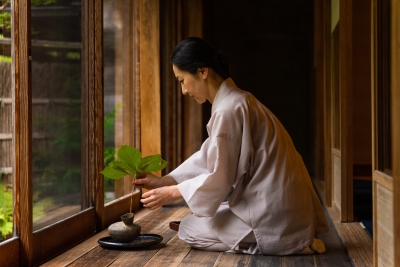
Chapter.03 Carrying Forward the Ancient Natural Appeals and Blessings t through the Regionally-linked Hanase Brand
Miyamasou has already implemented various projects for the next generation based on two key concepts: regional collaboration and branding. One of the factors behind the success of Miyamasou is the rich natural environment of the Hanase region. Hisato insists that without the benefits of the region, there would be no Miyamasou. As such, he has begun working with others in the area to use ski resorts and fallow fields to cultivate wild grapes and butterbur, for example. He is also moving forward with a project to construct a factory that can process these produce.
Elsewhere, he has envisioning a collaborative project with universities in the Kansai area to develop a field of wild herbs and vegetables on the grounds of Miyamasou. Currently, he is working with these universities to examine how to produce wild grapes more delicious by changing the characteristics of the soil.
Initiatives like these are no doubt linked to Hisato’s desire to develop different flavors in his cuisine.
As part of its branding activities, Miyamasou has created a so-called branding lab to communicate the appeals of the Hanase region. Through this lab the aim is to sell the abovementioned produce, as well as fragrant chimaki bamboo used in Kyoto’s Gion Festival, under the Hanase brand. The goal is to market this produce so that in several years after, consumers throughout Japan will recognize them as produce from Hanase.
Hisato says that activities like these can increase employment and enhance the appeals of mountain villages where populations are declining, and in turn lead to regional revitalization.
“Japan has four distinct seasons, and people of old would enjoy the changing of these seasons in various ways, including through seasonal ingredients. I believe that seasonal ingredients enrich the mind and that humanity can change depending on the food consumed. Looking ahead, I hope to spread Hanase’s sustainable food system to other really small satoyama, and to share it to the world. Because small satoyama have not been developed, they contain many of Japan’s ancient charms. And, while enhancing this system by working with stakeholders in the region, I hope to promote the attractiveness of Japan’s satoyama and allow more people to experience the confort of being there. Effective use of the mountain forests, which account for nearly 70% of the country’s land, will surely enrich Japan in the future,” says Hisato.
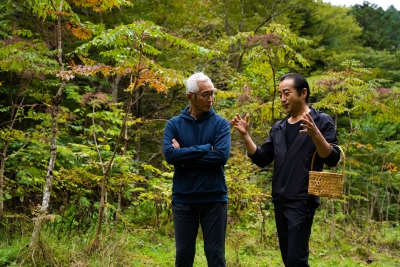
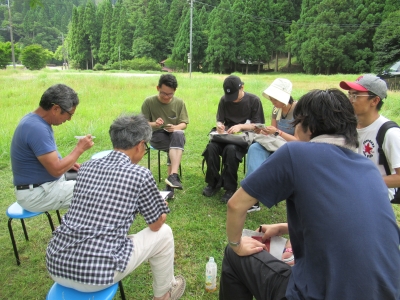
Miyamasou is the place where allows guests to go back into Japan’s old satoyama life by the power of nature. Many people come to visit in search of this unique and special experience. Guests are not expected to do anything particular during their stay; rather, they are there to fully enjoy the abundance of nature with their five senses. Experiences like this are gradually being lost, and Miyamasou serves to show us just how important they are.
Written by・Takahiro Miura
Interview Date: Oct.6.2022
The content of this article is as of the interview date.


